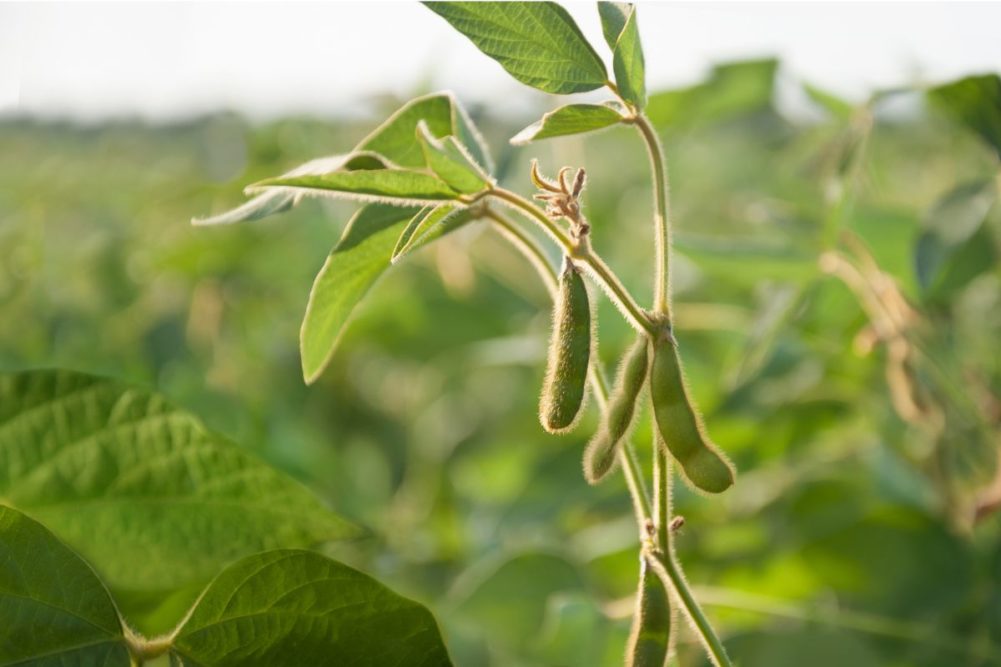Brazil’s 2023/24 Soybeans Continue to be Impacted by Two Extremes

The majority of Brazil’s 2023/24 soybeans are suffering from two weather extremes, hot and dry conditions in central and northeastern Brazil and excessive wetness in far southern Brazil. The weather extremes are the result of a strong El Nino that is forecasted to remain in place for at least several more months.
In central Brazil, record high temperatures and the driest soil moisture in over 30 years have resulted in delayed soybean planting, poor emergence, low plant populations, irregular stands, slow early growth, and the need to replant the most severely impacted soybeans. The concerns in central Brazil stretch from eastern Mato Grosso to northern Mato Grosso do Sul, Goias, Tocantins, Bahia, Maranhao, Piaui, and Minas Gerais.
In Mato Grosso, many soybeans are 100-110 day maturity with some as early as 90-95 day maturity. It has been hot and dry for 30 days or more, so the soybeans have been under heat and moisture stress for already one-quarter to one-third of their life cycle. Farmers are concerned that the yield potential has already been impacted, but it is too early to know how much.
In the municipality of Paracatu in northwestern Minas Gerais, the soybean planting this year is 40 days later than last year due to the hot and dry conditions. If the weather would improve, there would still be time to plant soybeans, but the ideal planting window has now passed and the opportunity to plant a second crop of corn after the soybeans are harvested is fading quickly.
The opposite situation of too much rain is occurring in far southern Brazil. In the municipality of Carazinha in northern Rio Grande do Sul, they received 496 mm of precipitation during September (19.8 inches), 484 mm during October (19.3 inches), and 242 mm thus far during November (9.6 inches) and more rainfall is occurring this week. These heavy rains are impacting southern Parana, Santa Catarina, and Rio Grande do Sul. The saturated conditions have slowed soybean planting to about half the normal pace. Germination and emergence have been impacted as well as the early soybean growth, and some fields will need to be replanted once the soil dries out.
In addition to lower yields, Brazil’s 2023/24 soybean acreage may end up less than what had been anticipated. Some farmers in Mato Grosso who had intended to plant a second crop of cotton after soybeans may now tear up their poorer soybeans and plant cotton instead of replanting the soybeans. In far southern areas, some flooded soybeans may not get planted.
Many analysts in Brazil have already lowered their estimates for the 2023/24 soybean crop and those estimates may move even lower if the weather does not improve.
Read also
Wheat in Southern Brazil Impacted by Dry Weather and Frosts
Oilseed Industry. Leaders and Strategies in the Times of a Great Change
Black Sea & Danube Region: Oilseed and Vegoil Markets Within Ongoing Transfor...
Serbia. The drought will cause extremely high losses for farmers this year
2023/24 Safrinha Corn in Brazil 91% Harvested
Write to us
Our manager will contact you soon



